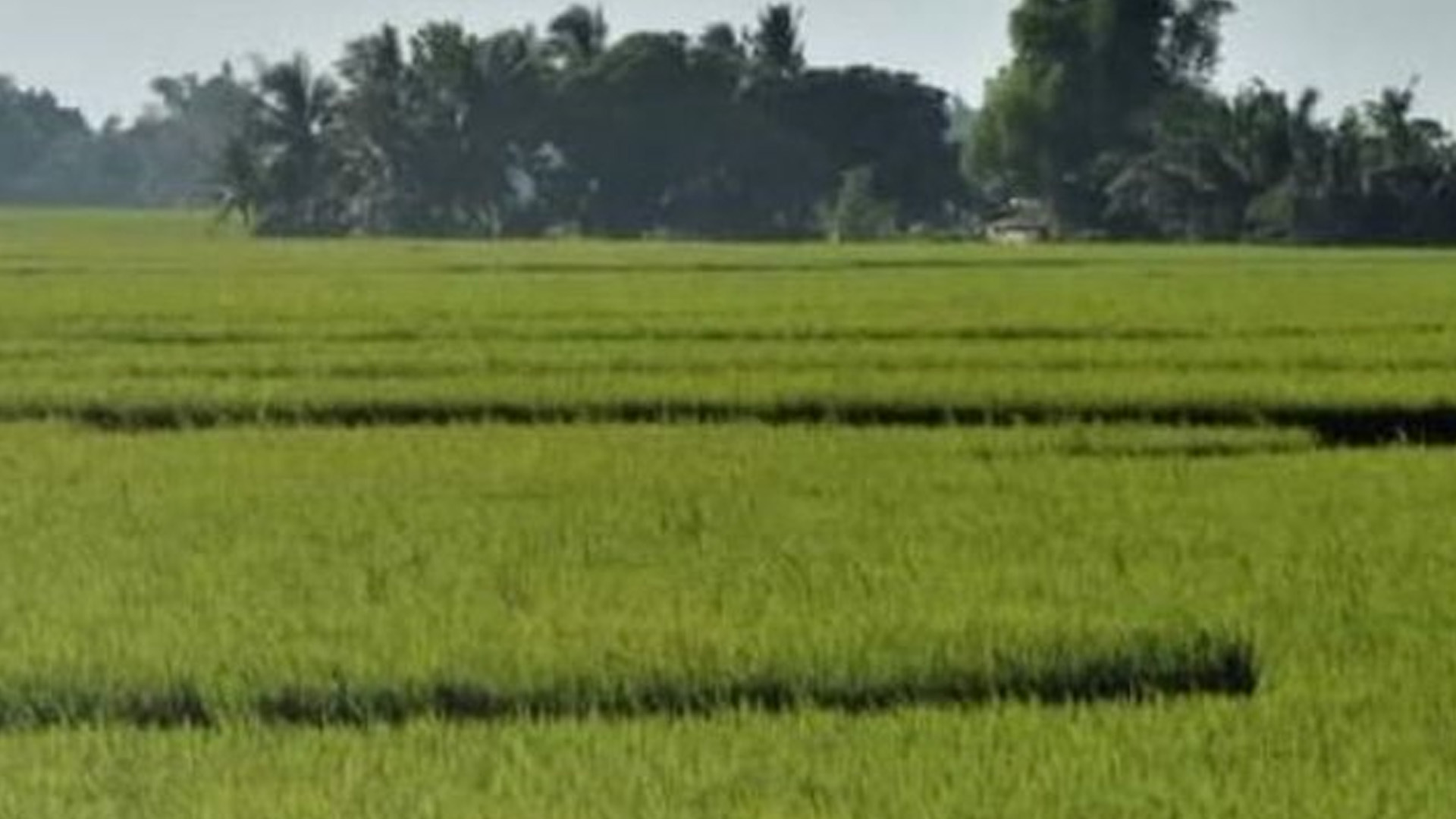The National Irrigation Administration (NIA) on Wednesday assured the public that the country’s water supply and rice yield are adequate and unaffected despite the effects of the El Niño phenomenon.
In a radio interview, NIA Acting Administrator Eduardo Guillen said they have already made preparations with partner agencies in line with the whole-of-government approach directed by President Ferdinand R. Marcos Jr.
“Nakapaghanda ho kami, pati DOLE, DSWD, DPWH, tumulong po sa amin. Sapat po, again sinasabi ko na po sa inyo, tataas pa po ang ating ani (We’re prepared. Even the Department of Labor and Employment, the Department of Social Welfare and Development, and the Department of Public Works and Highways have assisted us. It’s sufficient, again, I’m saying that we would even have a yield increase),” he said.
In Nueva Ecija, Guillen said only 7,000 hectares out of the 50,000 vulnerable hectares have not been supplied with water from the Pantabangan Dam.
He said this is relatively low compared to the NIA’s service area of 90,000 hectares of irrigated land in the province.
“Nagpa-practice po kami ng Alternate Wetting and Drying (AWD) technique kaya mas marami kaming napatubigan (We are practicing AWD technique that’s why we have supplied to more areas),” Guillen said.
The AWD technique is one of the water-saving technologies used by the Department of Agriculture (DA) to aid rice farmers in reducing water consumption over their irrigated fields.
Guillen said areas that will not be covered by water irrigation supply are being informed in advance of the alternatives they may take while waiting for their turn.
“Yung mga nasa dulo ng ating irigasyon, inadvise-an natin na magtanim na ng high-value crops at ito naman pong mga sinabihan nating pwedeng magtanim ay siguradong mabibigyan natin sila ng patubig (Those who are at the end of our irrigation were advised to plant high-value crops, and those who have been given the go signal to plant rice are sure to receive irrigation),” he said in a separate radio interview.
Rice sufficiency feasible
Guillen, meanwhile, expressed confidence over the feasibility of rice sufficiency in the country by 2028.
“Hindi naman po rocket science itong ginagawa natin. Common sense lang at tsaka simple math (What we are doing is not rocket science. It’s just common sense and simple math),” he said.
The irrigation chief cited various strategies including the increase of irrigated lands, boosting yield and increased cropping intensity through a cropping calendar tweak.
“Ipapasok namin yung aming pagsasaka sa dry season. Dapat maka-dalawang cropping po tayo so iwas pa po ng bagyo yun at mataas po ang yield noon kasi maaraw po. So sabi ko bakit kasi tayo sumasabay sa mga ulan e mayroon naman tayong irigasyon (We will start farming during the dry season. We should have two cropping cycles so we could avoid storms and our yield will increase because it’s summer. I was wondering why are we even farming during the rainy season if we have irrigation),” he said.
The NIA plans to secure two cycles of rice yields by moving the start of the cropping calendar to October-February and March-July.
Guillen said the country only needs 4.6 million metric tons of palay or unhusked rice to produce 3 million metric tons of rice, or equivalent to the usual rice import volume.
To achieve this, he said the country needs to increase the average yield from 4.1 tons to 6 tons per hectare.
“Hindi naman po imposible na ma-reach yung ating 6 tons (per hectare yield) kasi yung ibang farmers natin nakikita natin pag dry season, umaabot pa po ng 8 tons e (It’s not impossible to reach the 6 tons per hectare yield because we are seeing some of our farmers reach as much as 8 tons (per hectare yield) during dry season),” he added.
To date, Guillen said the NIA has utilized its almost doubled budget for the restoration of irrigation facilities, implementation and installation of solar pump irrigation systems, and securing aid to farmers in partnership with other government agencies, among others. (PNA)









